

doi.org/10.1101/2025...
#PhDone 💯
doi.org/10.1101/2025...
#PhDone 💯
Specialized shuttle proteins recognize
T9SS signals and target
effectors to their final destinations. Great work by @maellepllt.bsky.social, led by @thicoz.bsky.social in collaboration with @audebertstephane.bsky.social
www.nature.com/articles/s42...
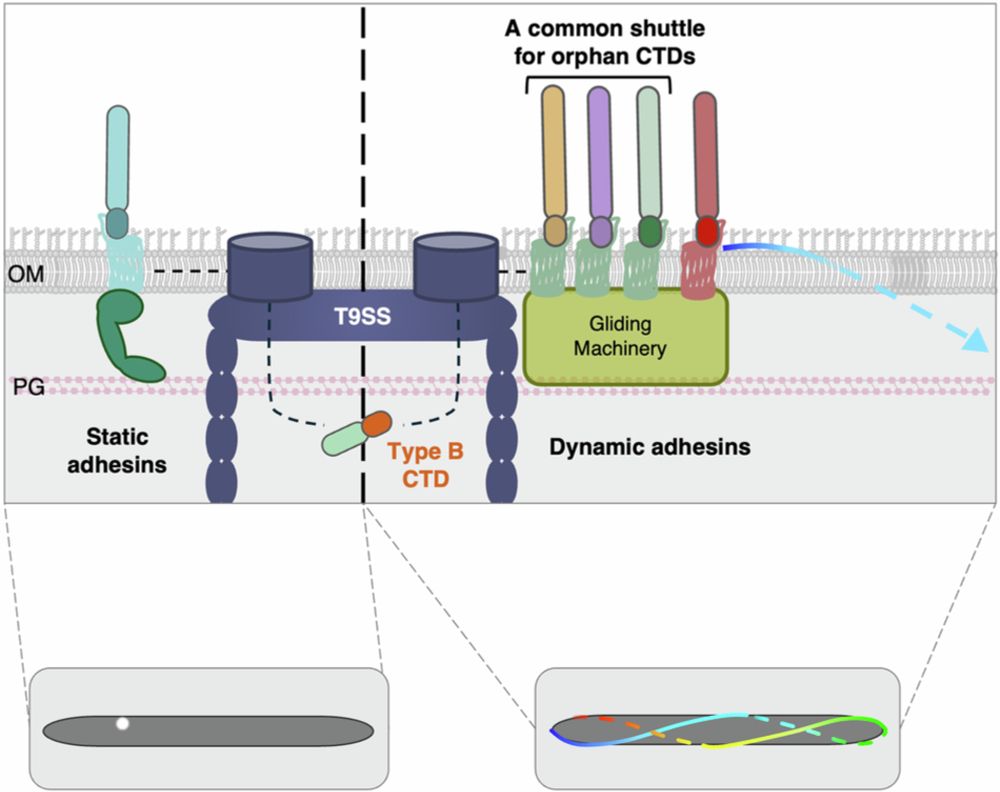
Specialized shuttle proteins recognize
T9SS signals and target
effectors to their final destinations. Great work by @maellepllt.bsky.social, led by @thicoz.bsky.social in collaboration with @audebertstephane.bsky.social
www.nature.com/articles/s42...

Read the full opinion piece in @cp-neuron.bsky.social: spkl.io/63322AbxpA
@wiringthebrain.bsky.social, @statsepi.bsky.social, & @deevybee.bsky.social

Read the full opinion piece in @cp-neuron.bsky.social: spkl.io/63322AbxpA
@wiringthebrain.bsky.social, @statsepi.bsky.social, & @deevybee.bsky.social






We’re excited to welcome:
🔬 @gillesvanwezel.bsky.social – @unileiden.bsky.social
🦠 @iandealidbury.bsky.social – @sheffielduni.bsky.social
Join us at in Malaga on 3-7 November!
Register now: 6thplantmicrobiomesymposium2025.com


We’re excited to welcome:
🔬 @gillesvanwezel.bsky.social – @unileiden.bsky.social
🦠 @iandealidbury.bsky.social – @sheffielduni.bsky.social
Join us at in Malaga on 3-7 November!
Register now: 6thplantmicrobiomesymposium2025.com

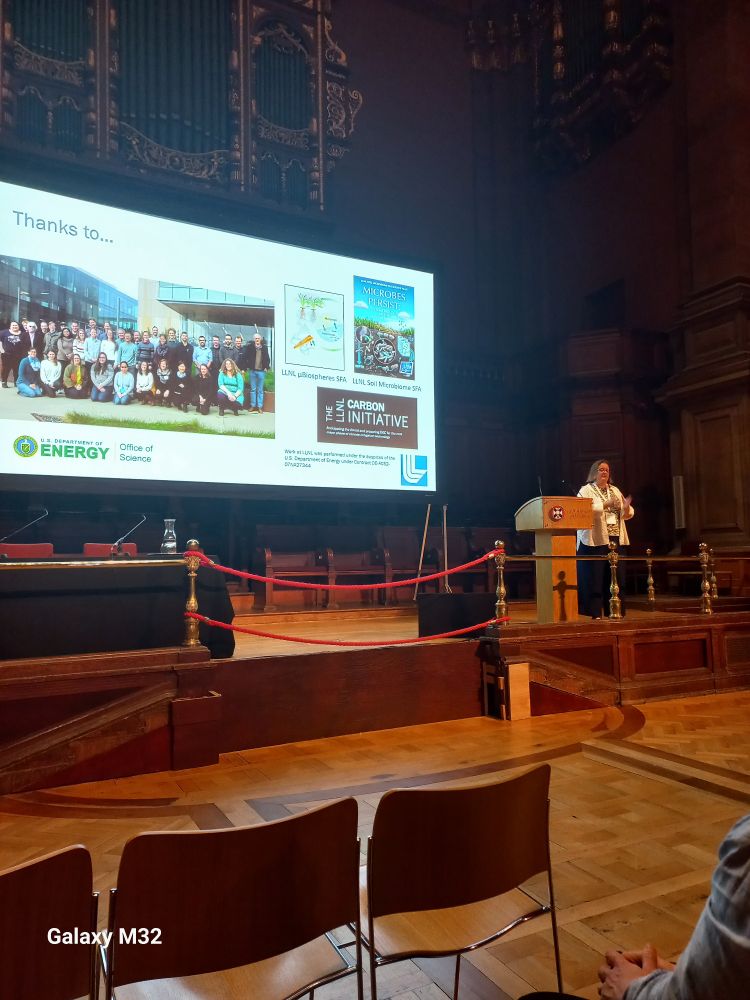
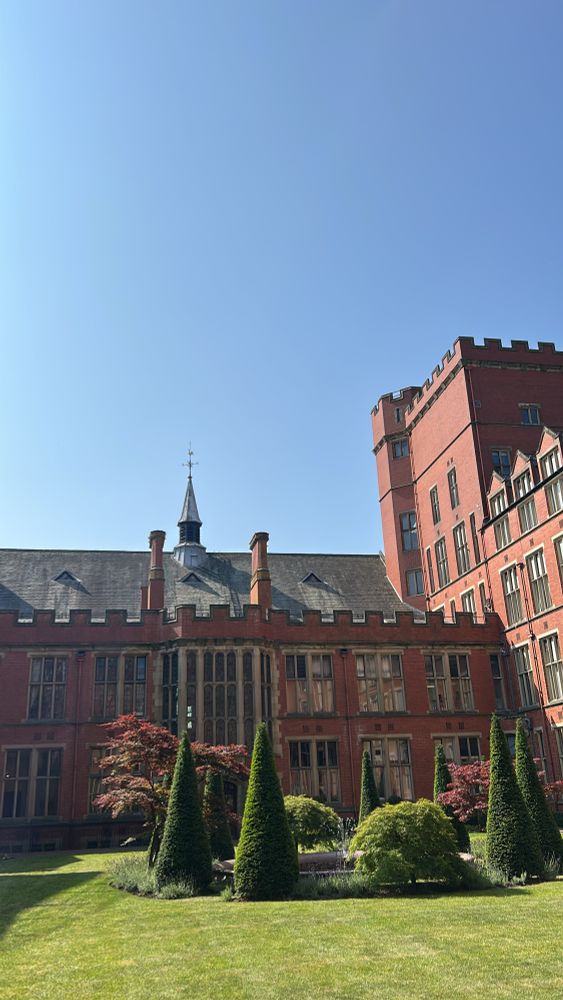
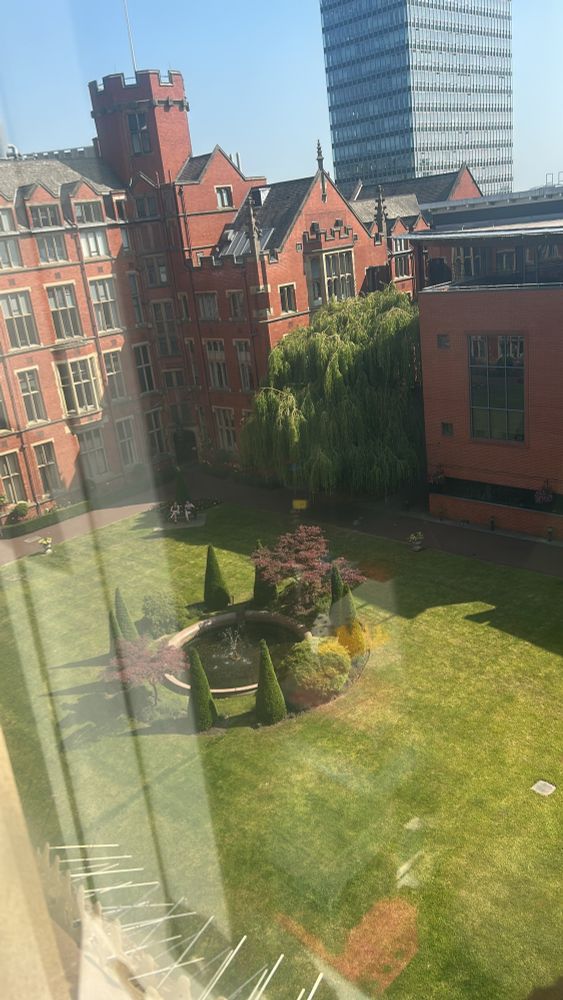

From left: Carmen Sánchez
Cañizares, @iandealidbury.bsky.social, Laura Lehtovirta-
Morley, Cecile Gubry-Rangin, yours truly and in the front Siul Ruiz. #rhizo6
📸 @jeffinerca.bsky.social
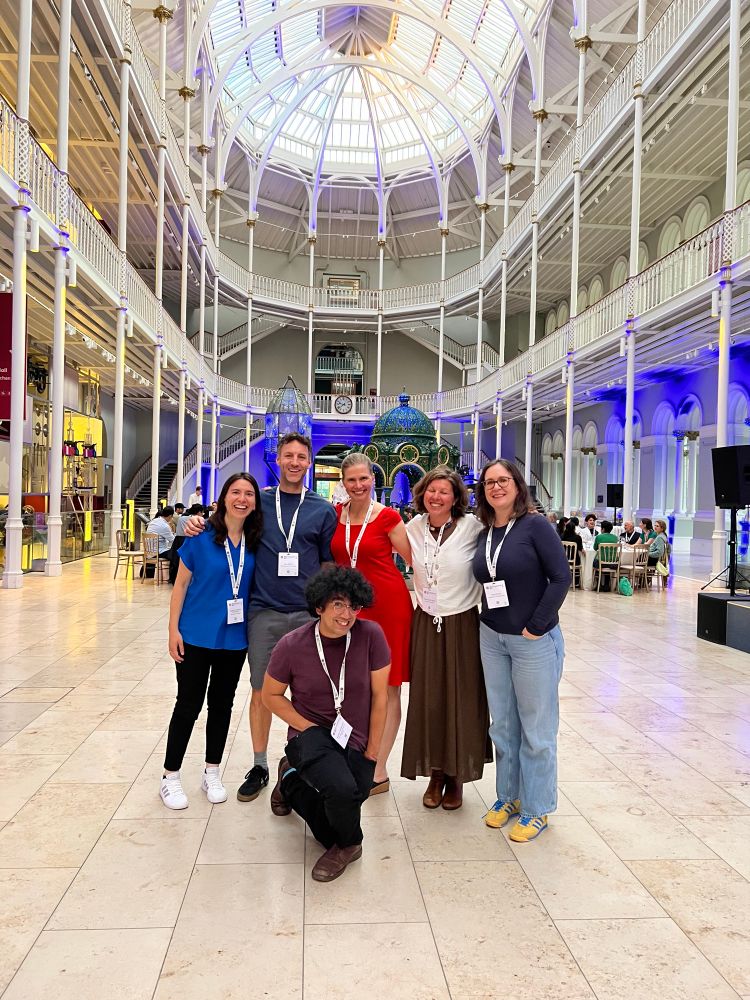
From left: Carmen Sánchez
Cañizares, @iandealidbury.bsky.social, Laura Lehtovirta-
Morley, Cecile Gubry-Rangin, yours truly and in the front Siul Ruiz. #rhizo6
📸 @jeffinerca.bsky.social




www.rhizo6.org

www.rhizo6.org

#biosynthesis
www.biorxiv.org/cgi/content/...

#biosynthesis
www.biorxiv.org/cgi/content/...

@hannahmartin.bsky.social
paper on xyloglucan utilisation by plant bacteria is now out.
@isme-microbes.bsky.social
@hannahmartin.bsky.social
paper on xyloglucan utilisation by plant bacteria is now out.
@isme-microbes.bsky.social
www.fz-juelich.de/en/careers/j...
#plantjobs
www.fz-juelich.de/en/careers/j...
#plantjobs


